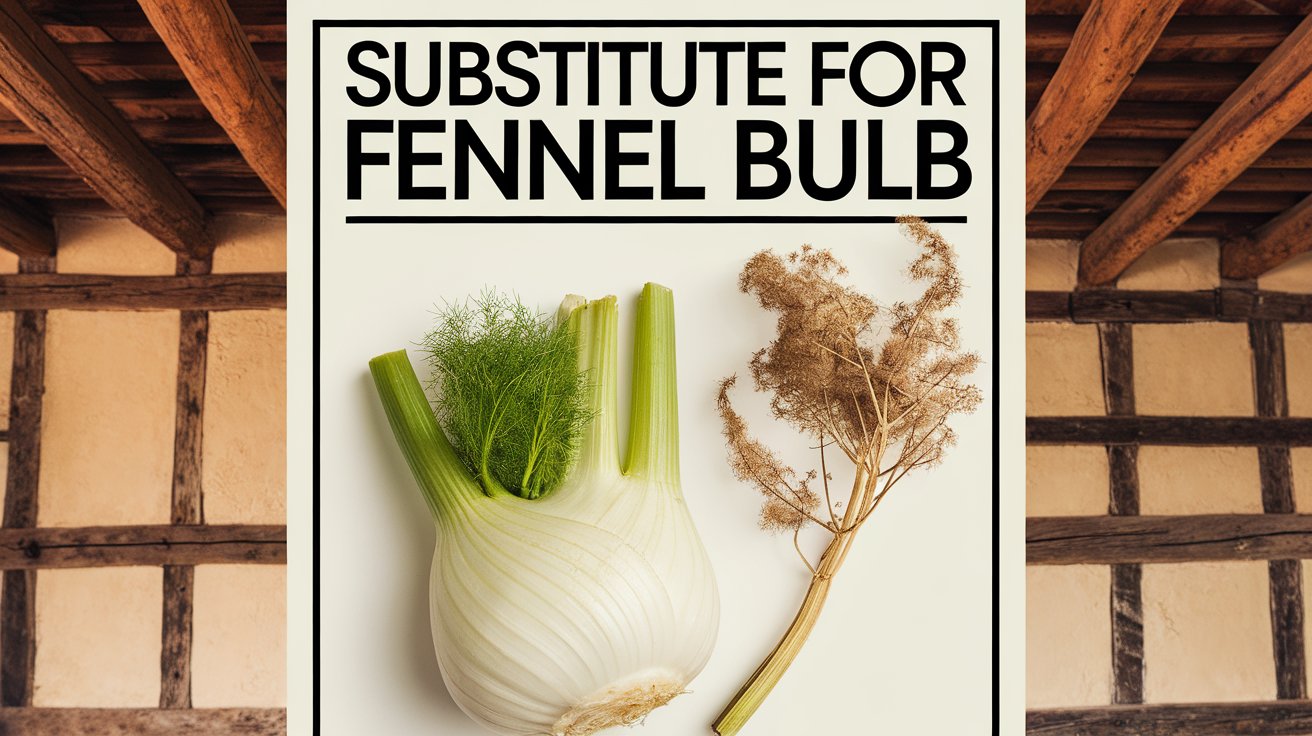
Fennel bulb is a popular ingredient in many dishes, known for its crisp texture and slight licorice flavor.
It adds a unique touch to salads, soups, and roasted dishes, making it a favorite in kitchens worldwide.
However, fennel isn’t always easy to find, and some may not enjoy its strong flavor. That’s when having substitutes becomes important.
Whether cooking a recipe that calls for fennel or looking for a different taste, finding the right replacement can ensure your dish has the desired texture and flavor.
In this blog, we will explore seven excellent substitutes for fennel bulbs so that you can keep your recipes on track even without the original ingredients.
Amazing Substitutes for Fennel Bulb
1. Celery
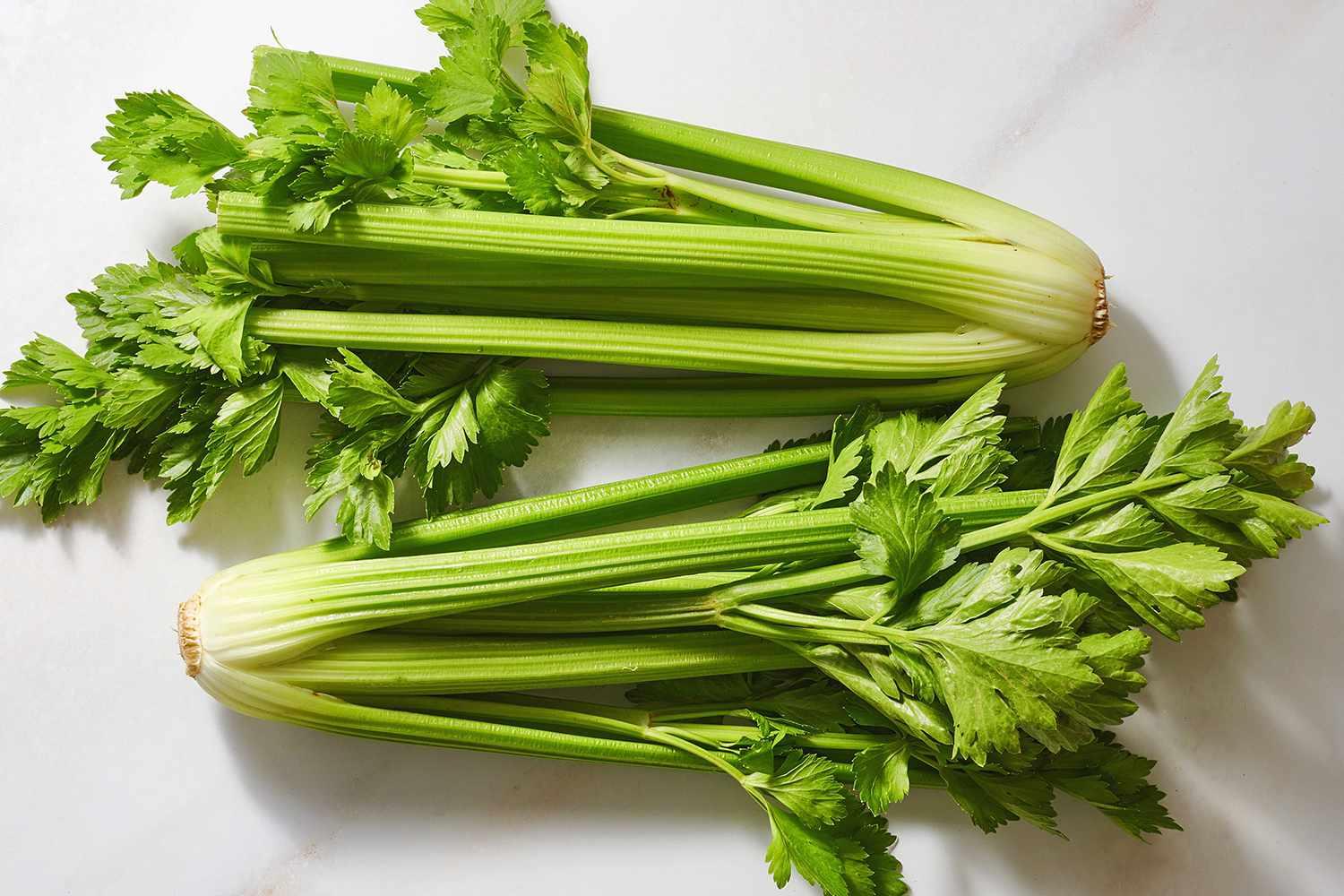
Celery is known for its crisp, crunchy texture and mild flavor. Though it lacks the anise-like taste of fennel, its fresh and light profile makes it an excellent choice when you need a similar texture.
How It Works as a Substitute
Celery’s texture resembles a fennel bulb, making it ideal for dishes where crunch is important. While it doesn’t offer the same flavor, it brings a refreshing element to recipes.
Best Uses in Cooking
Celery works best in soups, salads, and stews where fennel’s texture is required, but the anise flavor isn’t critical. It’s especially good in dishes where you need a vegetable that holds its crunch after cooking.
Flavor Differences
Unlike fennel, which has a slight licorice taste, celery has a neutral, slightly peppery flavor. It complements ingredients like tomatoes, onions, and carrots, allowing other flavors to shine.
Nutritional Comparison
Celery is low in calories, much like fennel. Both vegetables are high in fiber and offer a range of vitamins, particularly vitamin K, though celery has a milder taste.
2. Leeks

Leeks offer a mild onion-like flavor and a soft, tender texture when cooked. Though their flavor differs, they work well when you’re looking to replicate fennel’s texture in cooked dishes.
How It Works as a Substitute
Leeks can replace fennel in recipes that require sautéing or roasting. They soften well and add a subtle sweetness to dishes, much like fennel, though they lack the licorice-like taste.
Best Uses in Cooking
Leeks are best used in soups, casseroles, or roasted alongside other vegetables. Their mild flavor allows them to blend into dishes without overpowering other ingredients.
Flavor Differences
Leeks have a mild, sweet onion flavor that contrasts with the aniseed-like taste of fennel. They pair well with garlic, thyme, and potatoes, creating a savory base for many dishes.
Nutritional Comparison
Leeks are a good source of vitamin K and manganese. They offer a slightly higher calorie count than fennel but are rich in antioxidants and fiber.
3. Bok Choy
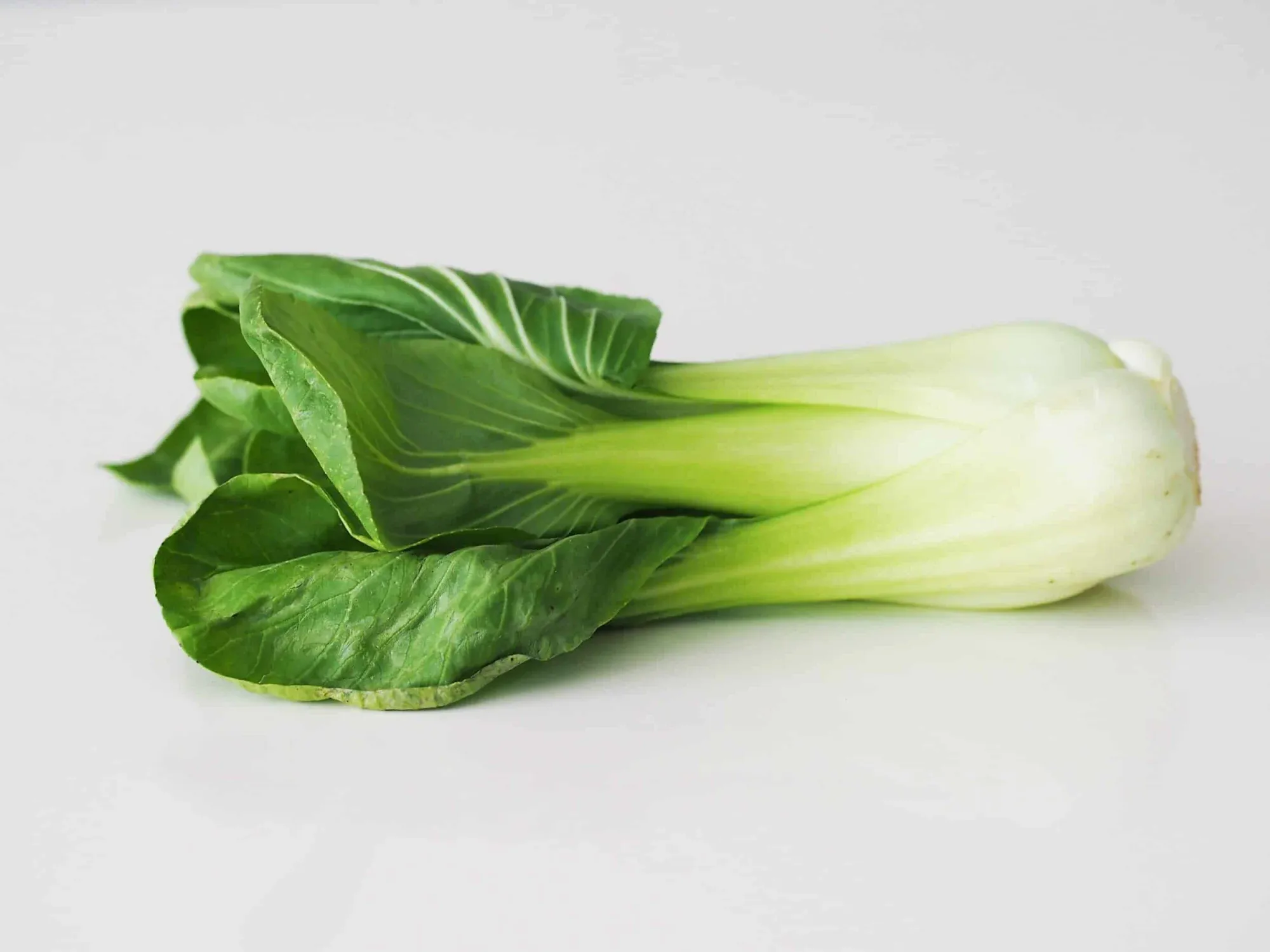
Bok choy, a type of Chinese cabbage, has a crunchy texture and a mild, slightly peppery flavor. Its crisp stalks make it a suitable replacement for fennel in dishes that rely on texture.
How It Works as a Substitute
Bok choy mimics the crispness of fennel, especially in raw dishes like salads. Though it doesn’t carry fennel’s distinct taste, it provides a refreshing, crunchy element.
Best Uses in Cooking
Bok choy is a versatile ingredient in stir-fries, soups, and salads. Its stalks hold up well under heat, making it a good choice for both raw and cooked dishes.
Flavor Differences
Bok choy has a neutral, slightly peppery taste compared to fennel’s licorice-like flavor. It complements ingredients like soy sauce, ginger, and garlic in stir-fries.
Nutritional Comparison
Bok choy is rich in vitamins A, C, and K, similar to fennel’s nutrient profile. It is also low in calories and provides a good source of calcium and potassium.
4. Endive
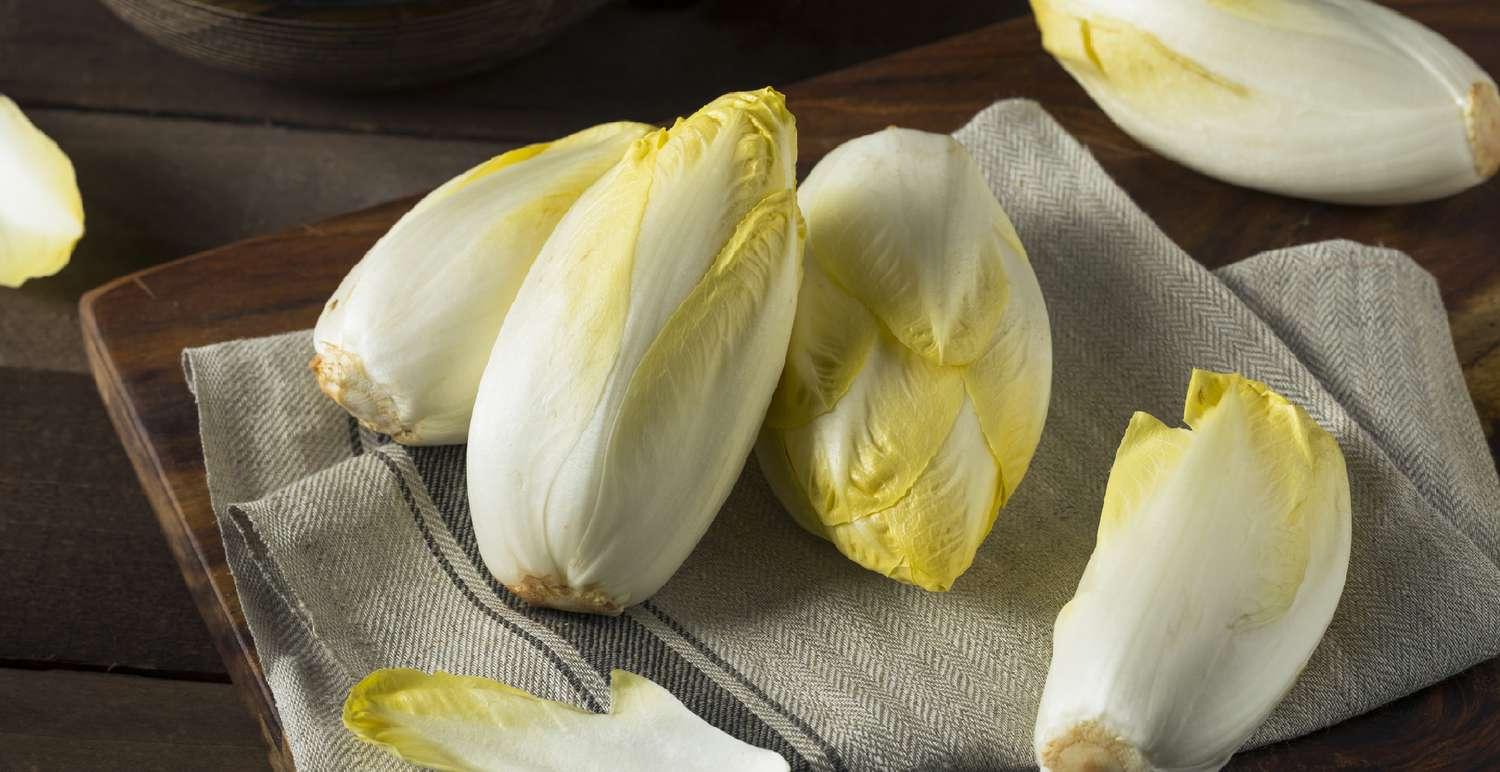
Endive has a slightly bitter flavor and a crisp, sturdy texture, making it a good substitute for fennel when crunch is important.
How It Works as a Substitute
Endive’s crunchy texture is a great substitute for raw dishes like salads. While its flavor is more bitter than fennel, it still complicates a dish.
Best Uses in Cooking
Endive is best used in salads or as a crunchy garnish in cooked dishes. It can also be lightly grilled or roasted, though its bitterness intensifies with cooking.
Flavor Differences
Endive has a more pronounced bitter taste than fennel’s mild sweetness and licorice-like flavor. To balance the bitterness, it works well with acidic dressings and sweet fruits.
Nutritional Comparison
Like fennel, endive is low in calories and high in fiber. It also provides a good source of vitamins A and K, making it a healthy addition to salads and sides.
5. Cabbage
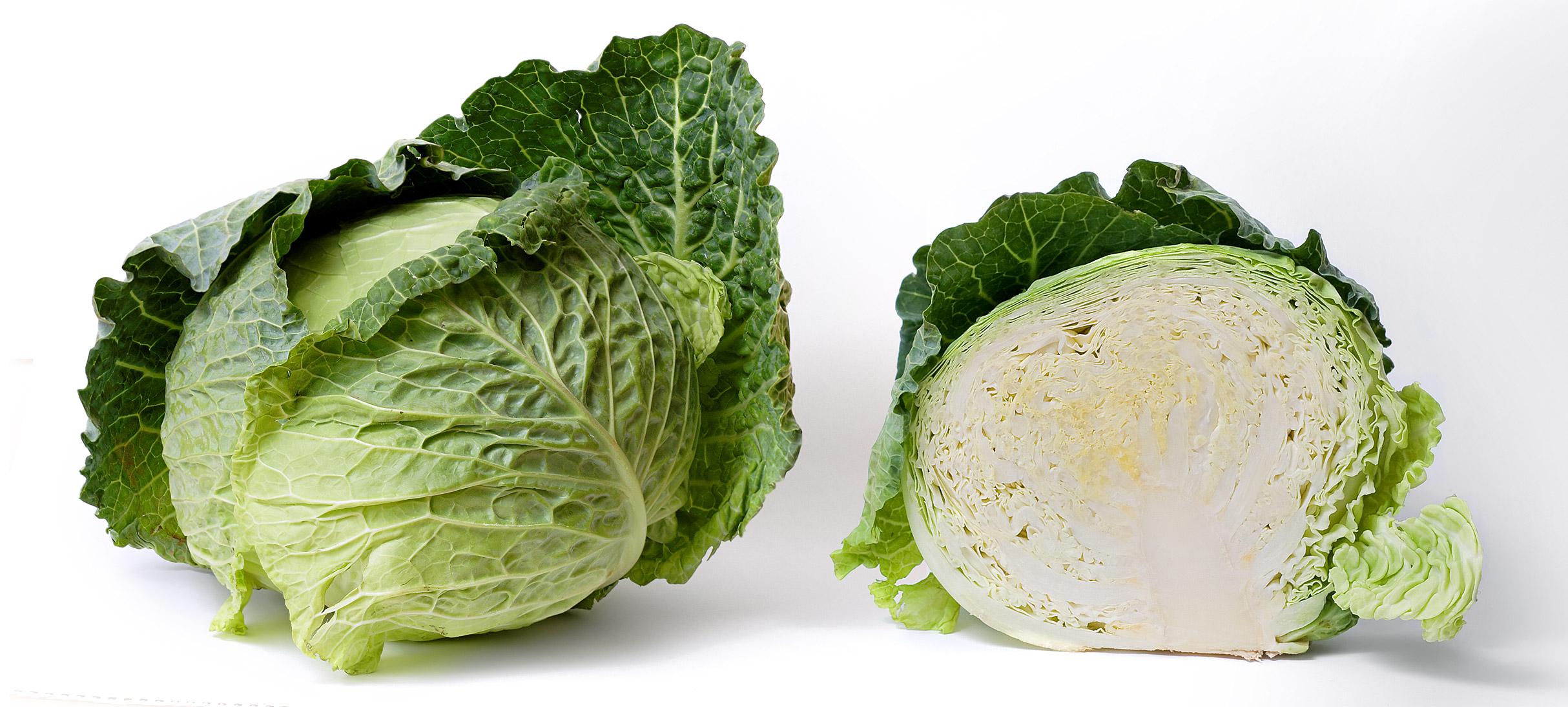
Cabbage’s mild flavor and crunchy texture make it a versatile substitute for fennel, particularly in cooked dishes.
How It Works as a Substitute
Cabbage can replace fennel in dishes requiring long cooking, such as soups and stews. It holds its structure well, though it lacks fennel’s distinctive flavor.
Best Uses in Cooking
Cabbage is best in soups, stews, and braised dishes. It adds bulk and texture without overwhelming other flavors.
Flavor Differences
Cabbage has a neutral, slightly sweet flavor compared to the more aromatic taste of fennel. It pairs well with savory ingredients like pork, onions, and carrots.
Nutritional Comparison
Cabbage is a low-calorie vegetable rich in fiber and vitamin C. While not as aromatic as fennel, it provides a healthy, filling alternative in many dishes.
6. Anise

Anise has a strong, licorice-like flavor that closely mimics the taste of fennel. However, it’s more intense, so a smaller amount is needed.
How It Works as a Substitute
Anise can be used in recipes where the flavor of fennel is crucial. Due to its strong taste, it’s best used in small amounts to avoid overpowering the dish.
Best Uses in Cooking
Anise is ideal for flavoring soups, sauces, and baked goods. It can be used sparingly in place of fennel to bring the licorice flavor to life in a dish.
Flavor Differences
Anise has a much stronger, sweeter flavor compared to fennel. It pairs well with sweet or savory dishes, though it should be used cautiously to avoid overwhelming the palate.
Nutritional Comparison
Anise is a good source of calcium, iron, and magnesium minerals. Its nutritional profile differs from fennel, but it shares some digestive benefits due to its aromatic compounds.
7. Parsley Root
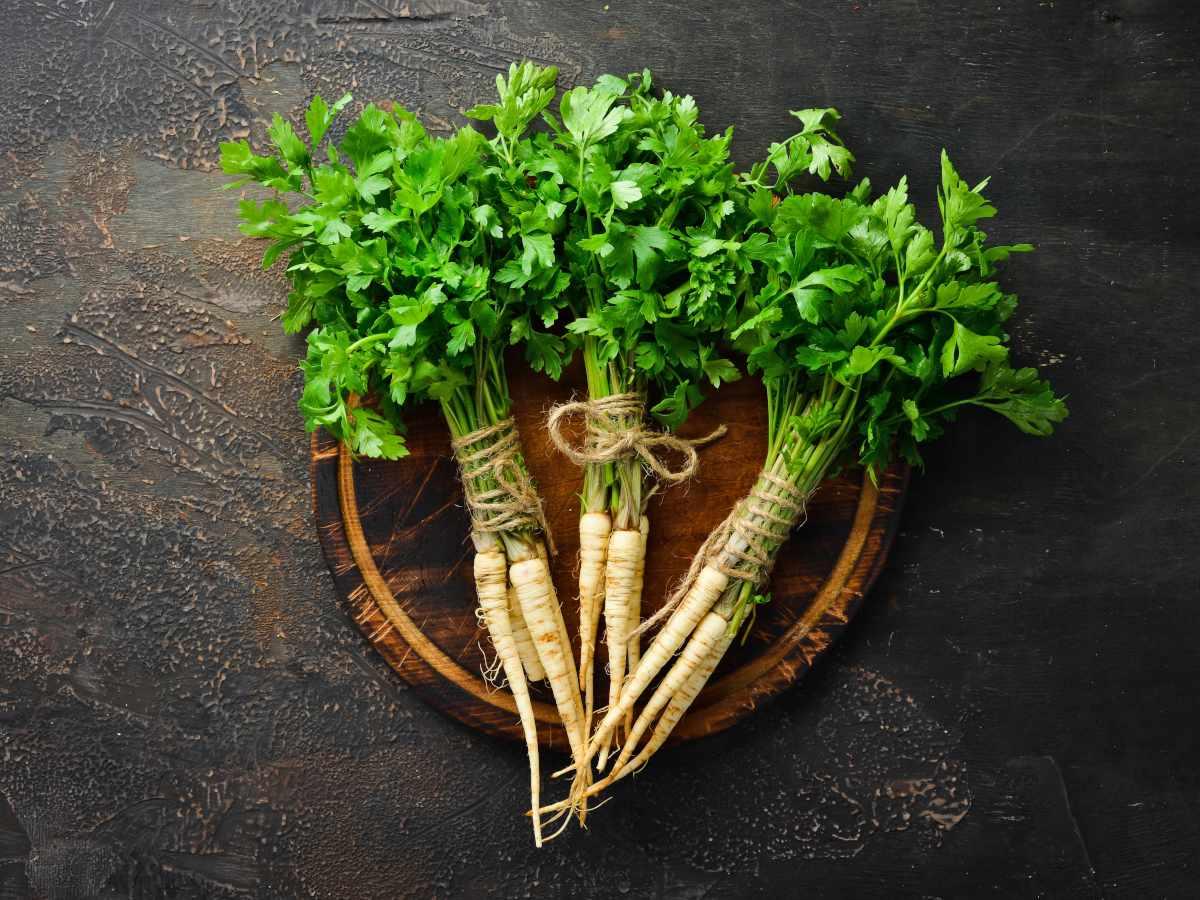
Parsley root has a mild, earthy flavor and a firm, starchy texture, making it a good substitute for fennel in cooked dishes.
How It Works as a Substitute
When cooked, parsley root has a similar texture to fennel. While it lacks the anise flavor, it adds a gentle earthiness that works well in savory dishes.
Best Uses in Cooking
Parsley root is best used in soups, stews, and roasted vegetable dishes. Its firm texture holds up well under long cooking times, making it a great addition to hearty meals.
Flavor Differences
Parsley root has a mild, earthy taste, contrasting with fennel’s sweetness and licorice-like flavor. It pairs well with root vegetables, garlic, and herbs like thyme and rosemary.
Nutritional Comparison
Parsley root is rich in vitamins C and B6 and fiber. Though it doesn’t share fennel’s aromatic qualities, it provides a good source of nutrition in cooked dishes.
Summing Up
From the crunch of celery and cabbage to the bold flavor of anise, these alternatives offer both texture and taste, depending on your dish’s needs.
Whether you’re making a salad, soup, or roast, you can easily swap fennel for one of these options without sacrificing quality.
The key is knowing which substitute works best for your recipe, whether you’re after a similar flavor or just the crunch.
With this list of fennel substitutes, you’ll be ready to continue cooking without missing a beat, ensuring your dishes turn out just as delicious as intended.
